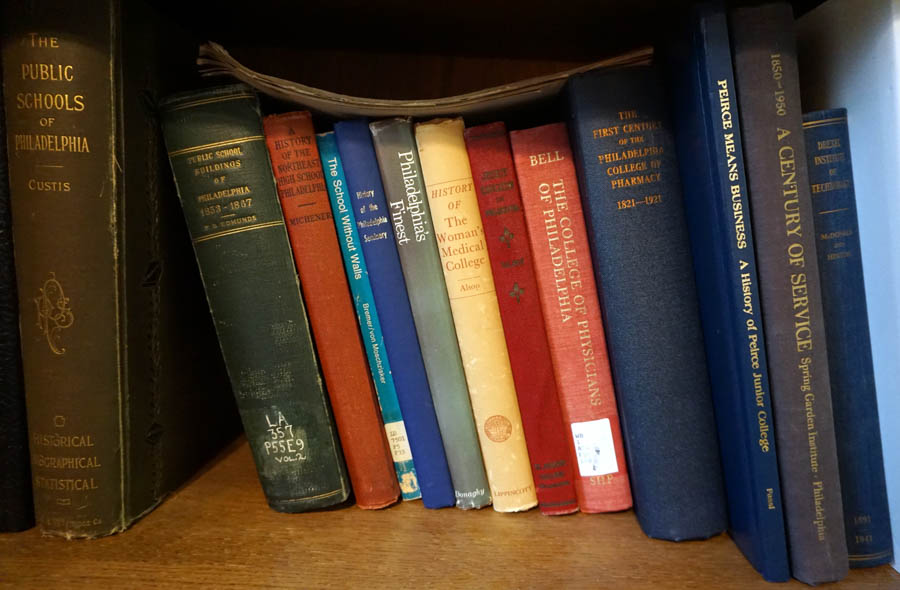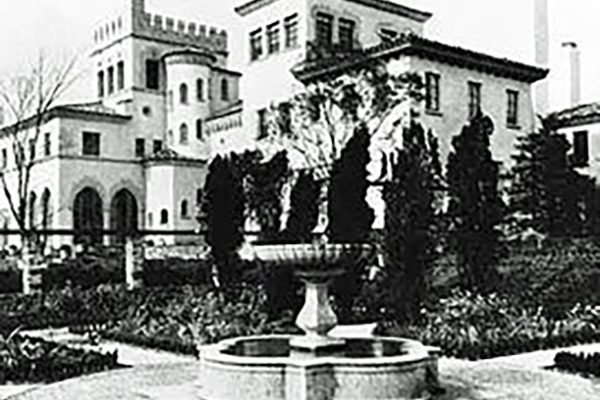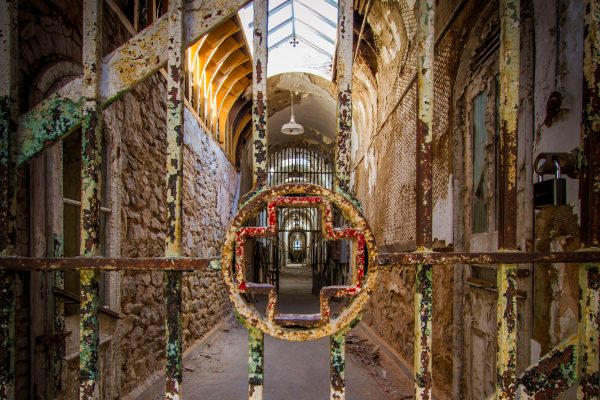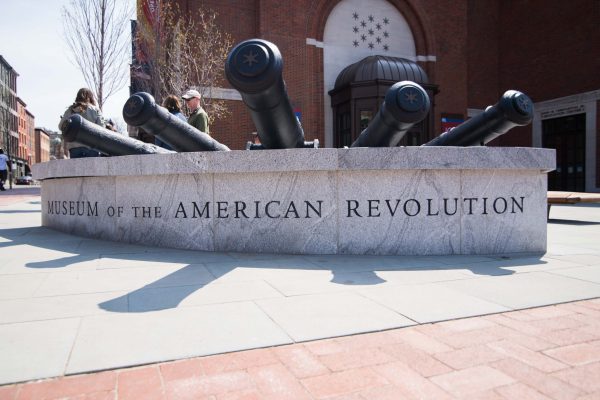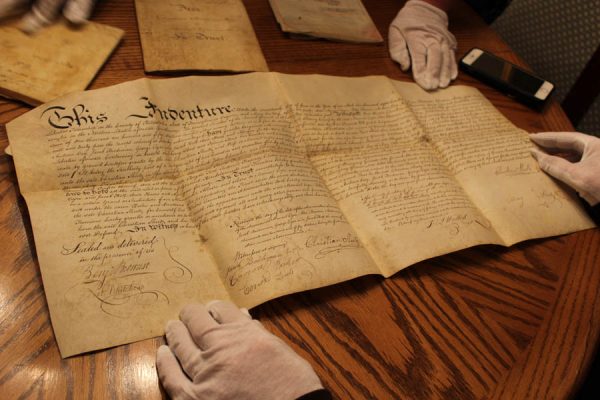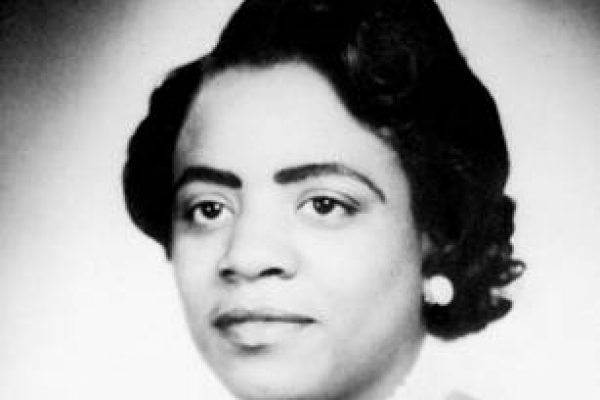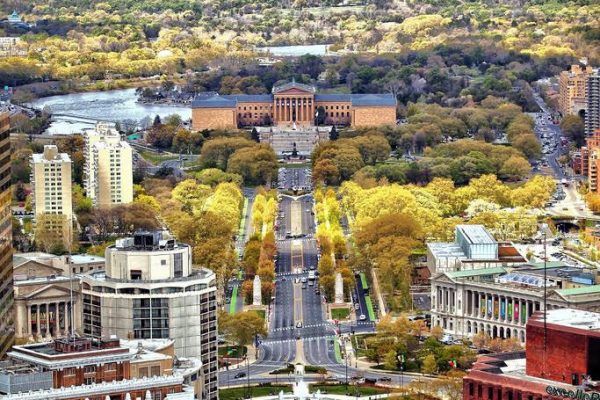Philadelphia’s Historian Leaves Philadelphia
Harry Kyriakodis is a man who knows the value of the past. The history of a building, an industry, a town enriches its present-day metamorphosis, just as the warm and immersive sound of vinyl records has led to a resurgence in their popularity. Places such as the Standard Tap in Northern Liberties, on a block where several 19th-century inns and taverns once resided; Firth & Wilson Transport Cycles in Fishtown, operating in a building that housed Morse Elevator Works in 1886; and the Philadelphia Brewing Company in Kensington, occupying portions of the Weisbrod & Hess Brewery built in 1885, rise up on the embers of other souls’ creative ideas, working hands, conversations and plans. We carry their energy forward with us.
Harry sees in his mind’s eye the thicket of ships’ masts that once crowded the Delaware River to load lumber, furs and wheat. He hears the echoes of the immigrants trudging the wooden sidewalks to offer their skills, growing our Chinatown, our South Philly Italian neighborhoods, the textile mills of Manayunk. He imagines new-fangled motorcars vying with horses, carts and carriages on Queen Street.
Harry has been deeply immersed in the history of Philadelphia for 20 years, since he moved to Pier 3 Condominium at Penn’s Landing in 1997. He has published three books via Arcadia Publishing and the History Press (Charleston, SC)— Philadelphia’s Lost Waterfront (2011), Northern Liberties: The Story of a Philadelphia River Ward (2012), and The Benjamin Franklin Parkway (2014)—with a fourth, entitled Underground Philadelphia, on the way.
“It all started on my bicycle,” Harry said. “I commuted to work by bike and was intrigued by the many hidden markers of Philly’s origins.”
As a master researcher, curiosity naturally led to investigation, as well as ever-widening circles of interest. Products of these explorations have included memberships in the Association of Philadelphia Tour Guides and the national Society for Industrial Archaeology; walking tours and presentations offered via the Mural Arts Program, the Preservation Alliance for Greater Philadelphia, the Battleship of New Jersey, and Laurel Hill Mansion for those eager to learn about unique areas of the city; and regular articles for Hidden City Philadelphia, Workshop of the World, and other websites. But it all began with wondering about an old building he cycled past, and buying a book in search of the answer. And another book. And then . . .
“My collection on Philadelphia is now about 2,700 titles,” Harry says. It was 10 years of riding, wondering, purchasing, and reading before he decided to write his own book. Harry laughs: “Quick thinkers, we Greeks.” As we talk, his cat Laurel, a stray from the grounds of Laurel Hill Mansion, climbs on a stack of books that includes the titles Wicked Philadelphia, History of Brewing in the Cradle of Liberty, and Gimbels Has It! The walls are lined with loaded shelves.
Harry grew up in northeast Philadelphia, where his parents had settled after emigrating from Greece. His dad was an innovative auto mechanic with his own garage who offered bays for rent to do-it-yourselfers. His mom was a homemaker. After college and a stint as a Second Lieutenant in the U.S. Army, Harry accepted a position at the American Law Institute (ALI) doing legal research and specialty archival work and moved to Center City. He eventually decided to pursue a law degree at Temple University, where his writing skills advanced. “Here at Pier 3, right on the Delaware River, I thought a lot about our storied waterfront.”
The Northern Liberties book came about because he couldn’t find one to add to his collection. Researching the neighborhood unveiled a rich trove of ethnic, craft, and religious movements beginning in 1682. Northern Liberties was one of the largest cities in the fledgling United States. As Harry’s book explains, it began as a portion of 16,236 rural acres that encircled the city and were termed the “Liberties of Philadelphia.” There were also Western and the Southern Liberties. Early populations included “German artisans and tradesmen,” Quakers, and Polish immigrants. The book abounds with fascinating detail, such as how the North End was “Philadelphia’s first outlaw district.” Jewish and Presbyterian denominations also swept in, and at one time “the Liberties became a center of the city’s free black community.” The text covers 330 years of history. Writing it allowed Harry—and allows us—to celebrate the past of our special neighborhoods.
Unfortunately life, as it has a way of doing, handed Harry a large lump in 2015: he was laid off by the ALI in a general downsizing of the firm. He leaves behind much good work, including the creation of 190 internet seminars. As for many folks, it has been tough to find a new position. Harry’s skills are specialized but also quite translatable. Employers sometimes have to be guided to see that.
Currently Harry is a weekend librarian at the Ryerss Museum and Library in Fox Chase. He is selling his waterfront home, packing up his mint 1967 four-door Chevy Impala, and relocating to Bristol to join his girlfriend.
Harry Kyriakodis, himself a hidden treasure of Philadelphia, is leaving the city he loves.

